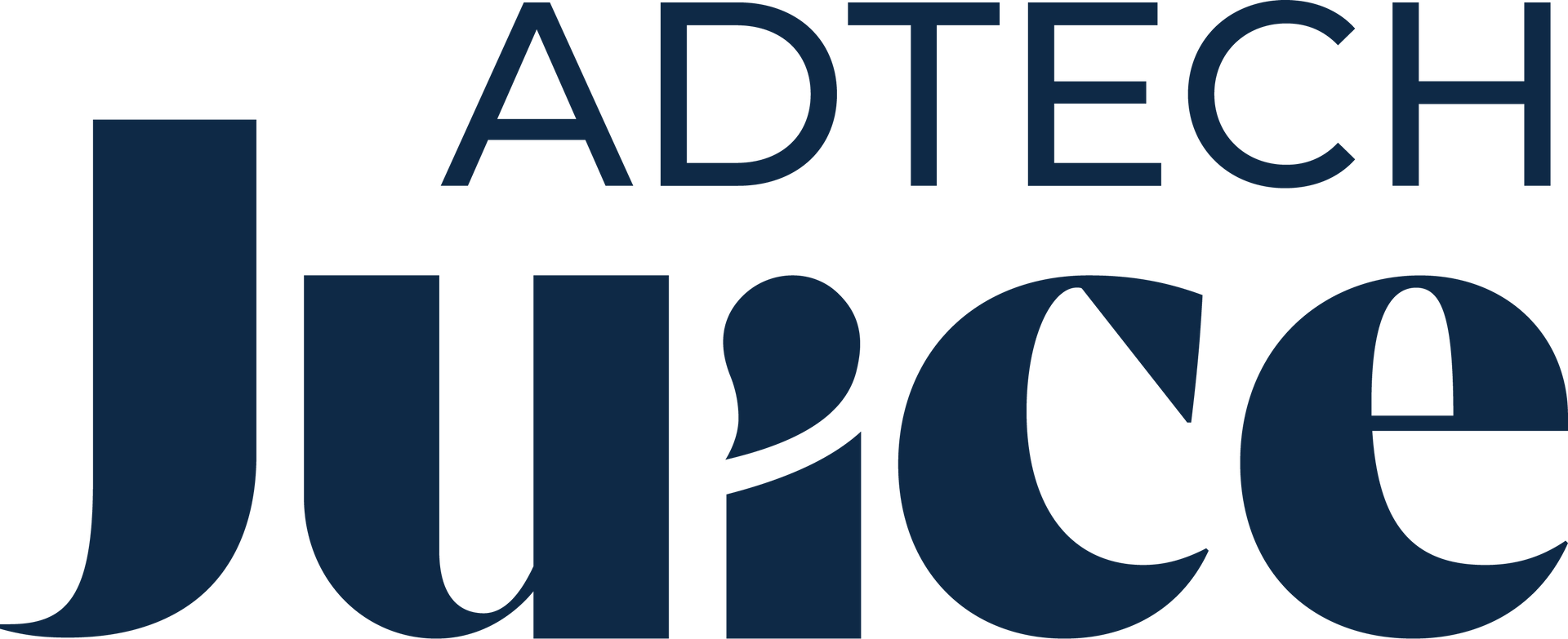Five key shifts that changed everything in programmatic ads
European adtech innovator Preciso is celebrating five years as a leader in the busy global programmatic advertising sector. So it’s a timely moment for Larraine Criss, Chief Operating Officer at the company, to take a moment to share five major shifts in the programmatic ads sector since 2020 and also what lies ahead…

Preciso’s launch in 2020 coincided with a massive shift in consumer behaviour, at a time when e-commerce was accelerating rapidly.
Since then, we’ve grown from a team of 35 to over 70 talented individuals working across six countries, and we’re now a leading RTB platform in Europe for small businesses, with a strong presence in China, too.
So, this month marks five years of Preciso, and what a journey it’s been. As we celebrate this milestone, it feels like the perfect moment to reflect on how dramatically the programmatic advertising landscape has evolved during the same period.
Beyond our own growth story, we’ve had a front-row seat to some fundamental changes that have reshaped the entire industry. Here are the five biggest shifts we’ve seen during our short lifetime.
1. Mobile advertising overtook desktop
The biggest change has been the complete flip in desktop versus mobile advertising.
Back in 2020, about 60% of programmatic activity was still happening on desktop, with mobile making up maybe 30-40%. Today, mobile accounts for around 80%.
This isn’t just about numbers, though; mobile users also behave completely differently. They’re constantly checking, scrolling, and moving between apps and websites. Everything happens faster, and you’ve got seconds to grab attention, not minutes.
For us as advertisers, this meant rethinking everything. The creative that worked on desktop simply didn’t cut it on mobile, so the targeting strategies had to change.
Even the way we measure success has had to evolve. That shift from one device to another fundamentally altered the entire landscape for good.
2. Native advertising went mainstream
We’ve also seen a major shift towards native advertising in the last half-decade. Unlike banner ads that stick out like a sore thumb, native ads blend into the content people are already reading or watching. But here’s the catch: native is much harder to get right. With display advertising, you could change the product recommendations in real time, rotate different banners as people browsed.
But native doesn’t work this way. You get one shot to nail the message before it goes live.
This is where machine learning became crucial for us. Our algorithms can now predict the best content, the right product to show, and the perfect messaging before the ad ever appears. Our Ultima platform handles this new complexity, but it took us years as an industry to get it right.
3. Cloud computing opened up new possibilities
The third big change has been what cloud technology can actually do now. We were one of the first companies in Europe to use Google’s Bigtable, and the difference in what’s possible today versus 2020 is night and day.
We can now process data that would have been impossible to handle before, both in terms of cost and technical capability. This means we can make better bidding decisions in real time, learn from millions of interactions, and optimise campaigns as they run through our Smart-Bid Platform. We’ve built a strong machine learning team, including a partnership with the University of Kerala’s digital division. Five years ago, we relied on external consultants for this kind of work. Now we have the expertise in-house, and the cloud infrastructure to support it.
4. E-commerce growth accelerated everything
The pandemic changed the way people shop, supercharging e-commerce in ways nobody expected. People who had never bought anything online were suddenly ordering everything, from groceries to furniture.
This created massive opportunities for programmatic advertising. We’ve seen Chinese companies scaling globally, but also Indian businesses and others following the same path. Cross-border e-commerce has become huge, with companies seeking to reach customers in completely different markets.
Our integrations with Shopify and other major e-commerce platforms like Magento, WooCommerce and BigCommerce have been crucial here. Small businesses can now download our app and immediately access sophisticated programmatic capabilities.
5. Programmatic became accessible to everyone
The fifth shift is one we’re particularly proud of at Preciso: making programmatic advertising work for businesses of all sizes. In 2020, this technology was really only available to big companies with large budgets and technical teams.
We’ve changed that. We removed minimum spend requirements and built platforms that don’t require a computer science degree to use. A small business can now access the same targeting and optimisation tools that enterprise brands use.
In China, this shift is even more pronounced. What we’d call a “small” client there often has over 1,000 employees. But the principle is the same: programmatic technology should be available to any business that can benefit from it, not just the biggest players in the market.
What’s next for programmatic?
These five changes have completely reshaped programmatic advertising. Mobile dominance, native advertising, cloud computing power, e-commerce growth, and making programmatic accessible to all businesses have created the foundation for what comes next. We’re constantly building on these shifts while anticipating the next frontiers of advertising such as clickless search and agentic AI. We’re also working on new products, moving beyond our advertiser focus to include solutions specifically for publishers.
If the last five years have shown us anything, it’s that we can expect even faster developments between now and 2030, and we can’t wait.
Also posted in Mediashotz

